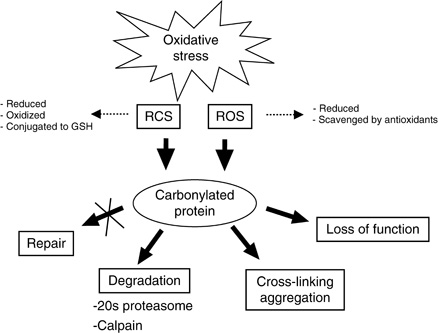

Membranes with samples lysed in 2x SDS LB were then washed three times (5 min each) in deionized (DI) water on a shaker before staining with Ponceau S solution for 1 min, and membranes with samples lysed in RIPA buffer were stained directly with Ponceau S solution for 1 min. Membranes were then left to dry for 15 min. Different volumes of lysates and BSA solution were applied dot-wise to dry nitrocellulose membranes. Lysates in 2x SDS LB were boiled for 8 min at 98 ☌ beforehand. Dot Blot, Ponceau S Staining, Direct Blue Staining and Coomassie Blue Staining KG, Karlsruhe, Germany, #A512.1) in water, adjusted to pH 6.8.Ģ.6. RIPA buffer: Pierce RIPA buffer (Thermo Fisher Scientific Inc., Waltham, MA, USA) or self-made RIPA buffer (2.5% ( v/ v) 1 M Tris-HCl, 0.88% ( w/ v) NaCl, 1% ( w/ v) NP-40, 1% ( w/ v) sodium deoxycholate, 0.1% ( w/ v) SDS in water, adjusted to pH 7.6), 1 tablet/50 mL cOmplete protease inhibitor (Roche Diagnostics GmbH, Mannheim, Germany), 1 tablet/10 mL RIPA phosSTOP phosphatase inhibitor (Roche Diagnostics GmbH, Mannheim, Germany).Ģx SDS Gel Loading buffer (2x SDS LB): 0.1 M Tris-HCl, 4% ( v/ v) SDS, 20% ( v/ v) Glycerol, 0.2% ( v/ v) Bromophenol blue (Carl Roth GmbH + Co. Ponceau S solution: 0.1% ( w/ v) Ponceau S (Merck KGaA, Darmstadt, Germany, #P3504-10G) in 5% ( v/ v) acetic acid. Pierce Bovine Serum Albumin Standard (BSA) ampules, Thermo Fisher Scientific Inc., Waltham, MA, USA, #23209. Micro BCA Protein assay kit, Thermo Fisher Scientific Inc., Waltham, MA, USA, #23225. KG, Karlsruhe, Germany, #6862), 40% ( v/ v) ethanol, 10% ( v/ v) acetic acid in water.ĭirect Blue solution: 0.008% ( w/ v) Direct Blue 71 (Merck KGaA, Darmstadt, Germany, #212407), 40% ( v/ v) ethanol and 10% ( v/ v) acetic acid in water. Ĭoomassie Blue solution: 0.05% ( w/ v) CBB-R250 (Carl Roth GmbH + Co. Our work, in tandem with several other publications, demonstrates the versatility of dot blot in protein quantification and detection. Therefore, the PDB assay is a reliable method for protein quantification, thereby facilitating subsequent experiments. We further show that protein loading based on the PDB assay was equal in Western blots, essentially eliminating the need for error-prone normalization of immunoblot band intensities to those of a loading control. Here, we demonstrate a modified Ponceau S-based dot blot (PDB) assay that has distinct advantages over similar methods described elsewhere concerning its ability to quantify proteins in cell or tissue lysates, its highly linear standard curve with a wide range from 0.25 to 12 µg/µL, and its overall improved workflow. Therefore, protein concentrations of biological samples determined by the common assays are often imprecise, resulting in unequal sample loading in subsequent experiments such as Western blots. However, the conventional colorimetric methods, such as the Bicinchoninic Acid (BCA), Lowry and Bradford assays, have several drawbacks: (1) their requirement for large volumes of samples ranging from 10 to 25 µL per replicate could be difficult to meet for samples with low protein contents, such as mouse nerve or lymph node lysates (2) colorimetric assays tend to saturate if the protein concentration is too high in this case, the samples must be diluted for repetition, consuming more materials and time (3) the widely used SDS-based lysis buffers often contain bromophenol blue, a substance that interferes with most colorimetric assays, making colorimetric assays unsuitable for bromophenol blue-containing lysates and (4) some native components in biological samples, such as high concentrations of lipids in nerve or brain lysates, may interfere with the standard BCA assay. Many methods exist for quantifying total protein contents in cell or tissue lysates.


 0 kommentar(er)
0 kommentar(er)
